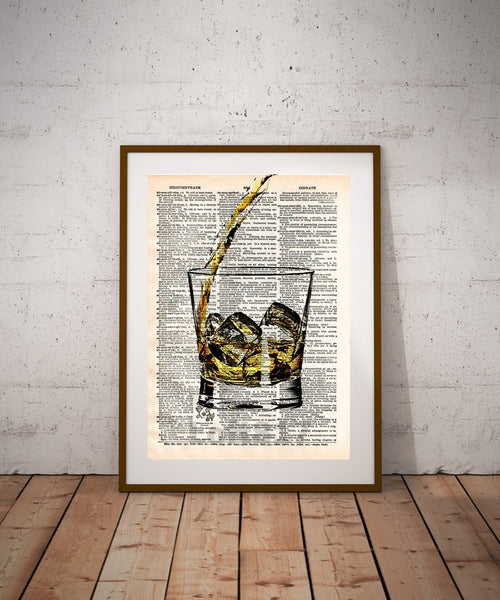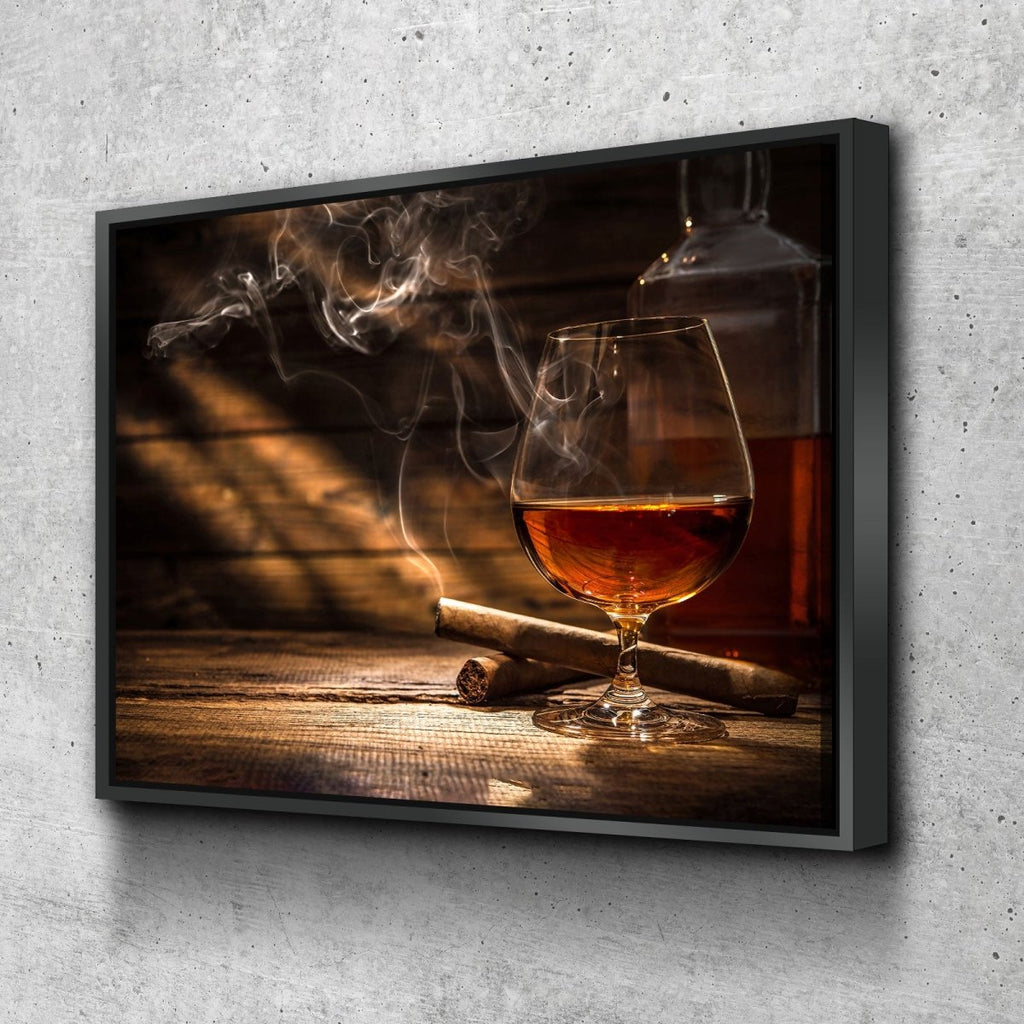Unveiling the Elegance of Bourbon Art: A Tribute to Craft Distillers
Unveiling the Elegance of Bourbon Art: A Tribute to Craft Distillers
Blog Article
Catching the Essence of Whiskey Art Through Special Aesthetic Representations and Styles
The art of bourbon extends past the fluid itself, showing up with a variety of graphes that envelop its fabled heritage and workmanship. From the thorough design of labels that communicate brand narratives to evocative digital photography that catches the spirit's appeal, each imaginative expression offers to improve the consumer's trip. As the market welcomes contemporary patterns, the dialogue bordering these depictions ends up being progressively abundant and intricate, meaning deeper connections in between culture and creative thinking. What stays to be revealed is just how these evolving styles mirror not just the whiskey itself but additionally the altering landscape of imaginative interpretation.
The Background of Scotch Art

As scotch production spread, so too did the wish to elevate its experience through art. From the elaborate inscriptions on early casks to the sophisticated labels of modern-day containers, each component mirrors a distinct imaginative vision, serving as a visual narrative of the bourbon's heritage.
In the 18th and 19th centuries, the rise of the industrial change additionally boosted whiskey art, leading to innovative packaging and advertising and marketing that caught consumer focus. Musicians and developers began explore aesthetics, imbuing whiskey-related imagery with symbolic meanings that conveyed notions of craftsmanship, area, and tradition.
Today, bourbon art continues to evolve, blending typical methods with contemporary art types. Limited Edition. This continuous discussion between the spirit and its graph underscores the enduring bond in between bourbon and society, enhancing the total experience for enthusiasts worldwide
Iconic Bottle Designs
While many factors add to the appeal of bourbon, iconic container designs play a crucial duty fit consumer understanding and boosting the overall experience. The visual discussion of whiskey containers is not merely a visual consideration; it serves as a bridge between the consumer and the product, stimulating feelings and establishing expectations.
Unique shapes, materials, and closures can raise a bourbon brand's identification, making it instantaneously identifiable on jampacked shelves. As an example, the classic Glenfiddich bottle, with its classy tapered shape, shares a feeling of practice and workmanship, while the vibrant, modern-day layout of the Balvenie bottle reflects development and refinement. In addition, making use of tinted glass or special appearances can recommend the top quality and character of the bourbon within.
Renowned layouts usually incorporate components of social heritage, symbolizing the brand name's background and connection to its origins. Brands like Jack Daniel's utilize an uncomplicated, robust design that reverberates with its American whiskey heritage. Inevitably, the effect of container layout expands past mere capability; it envelops the essence of the brand, inviting customers to indulge and explore in the abundant tapestry of bourbon society.
Tag Artwork and Branding
Bottle designs frequently set the stage of what customers can expect, yet tag art work and branding play an equally substantial role in interacting a scotch's identification. The tag serves as the initial point of contact between the product and the consumer, enveloping the significance of the whiskey within its visual aspects.
Reliable label artwork combines imagery, color, and typography to create a narrative that resonates with the brand name's heritage and target audience. For instance, a tag featuring vintage typefaces and detailed illustrations may evoke a sense of tradition and workmanship, appealing to connoisseurs. In comparison, strong colors and contemporary style elements may attract a more youthful group seeking advancement and excitement.


Digital Photography and Visual Storytelling
Capturing the essence of whiskey through digital photography and aesthetic storytelling is an art type that raises the brand name experience. This medium goes beyond mere product representation, diving into the elaborate narratives that border each bottle. By utilizing engaging images, photographers can evoke emotions that resonate with consumers, eventually building a much deeper connection to the whiskey brand name.
Aesthetic storytelling in scotch photography typically makes use of rich textures, lighting, and composition to highlight the one-of-a-kind characteristics of the spirit. The interaction of light and darkness click here for info can emphasize the brownish-yellow tones of scotch, while the selection of history aspects-- such as rustic barrels try this web-site or sophisticated glassware-- can enhance the brand's heritage or way of life associations.
Moreover, recording the ceremonial aspects of whiskey intake, from the putting to the tasting, invites viewers right into a sensory experience, allowing them to think of the tastes and aromas that await. Each photograph not just showcases the item but likewise narrates of craftsmanship, tradition, and the moments that whiskey can enhance - Realism Art. Therefore, digital photography becomes a powerful tool in articulating the identification of scotch brands, positioning them within the wider cultural landscape
Arising Fads in Whiskey Art
The development of scotch art is increasingly formed by modern trends that mirror more comprehensive societal changes and customer preferences. One prominent fad is the combination of sustainability right into art practices. Artists are now using recycled materials and environmentally friendly processes to produce whiskey-themed items, reverberating with eco aware consumers. This shift not just highlights the value of sustainability yet likewise improves the story surrounding scotch production.
Furthermore, digital art has risen in appeal, permitting cutting-edge representations of scotch. Artists are leveraging innovation to craft immersive experiences, such as augmented fact installments that involve audiences and provide a deeper understanding of bourbon's cultural relevance. This trend also includes social networks systems, where aesthetically striking material garners interest and cultivates area amongst enthusiasts.
In addition, partnerships between whiskey brands and artists are coming to be more commonplace. These collaborations produce limited-edition product packaging styles and unique art work that commemorate both the craftsmanship of whiskey and the creative thinking of musicians. As scotch art proceeds to progress, these arising trends will certainly shape its future, cultivating a dynamic junction of society, sustainability, and innovation within the whiskey neighborhood.
Conclusion
Finally, the art of whiskey includes a varied range of visual depictions that mirror its rich heritage and craftsmanship. From famous bottle layouts and detailed label artwork to compelling photography, each component adds to a wider narrative that improves the customer's experience. As emerging trends, such as electronic art and sustainability, remain to shape this imaginative landscape, the multifaceted identity of bourbon continues to be a withstanding resource of cultural link and exploration.

In conclusion, the art of whiskey encompasses a diverse variety of aesthetic representations that mirror its abundant heritage and workmanship.
Report this page